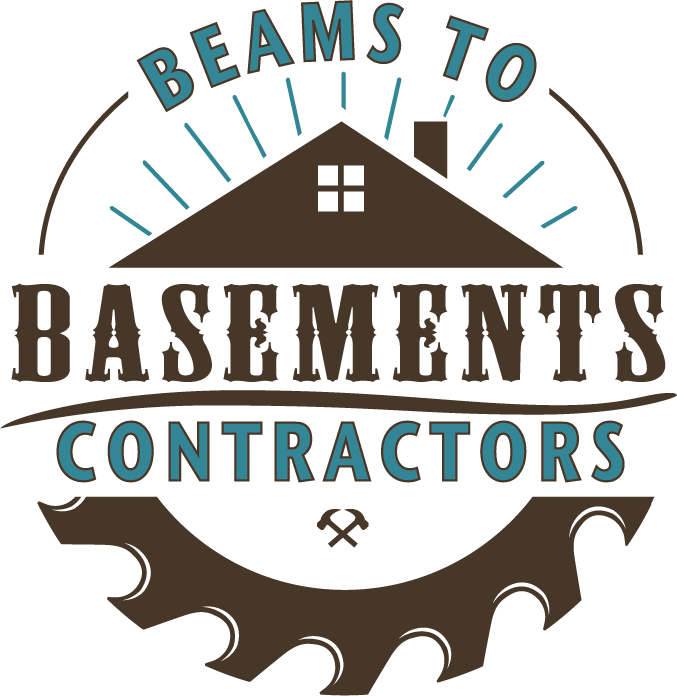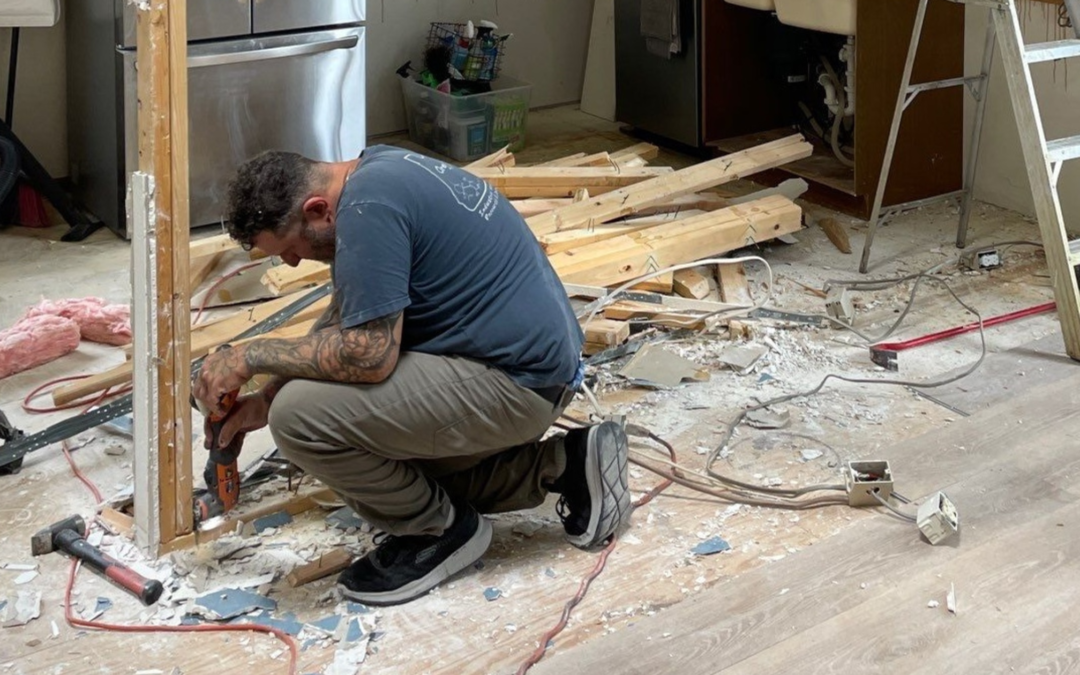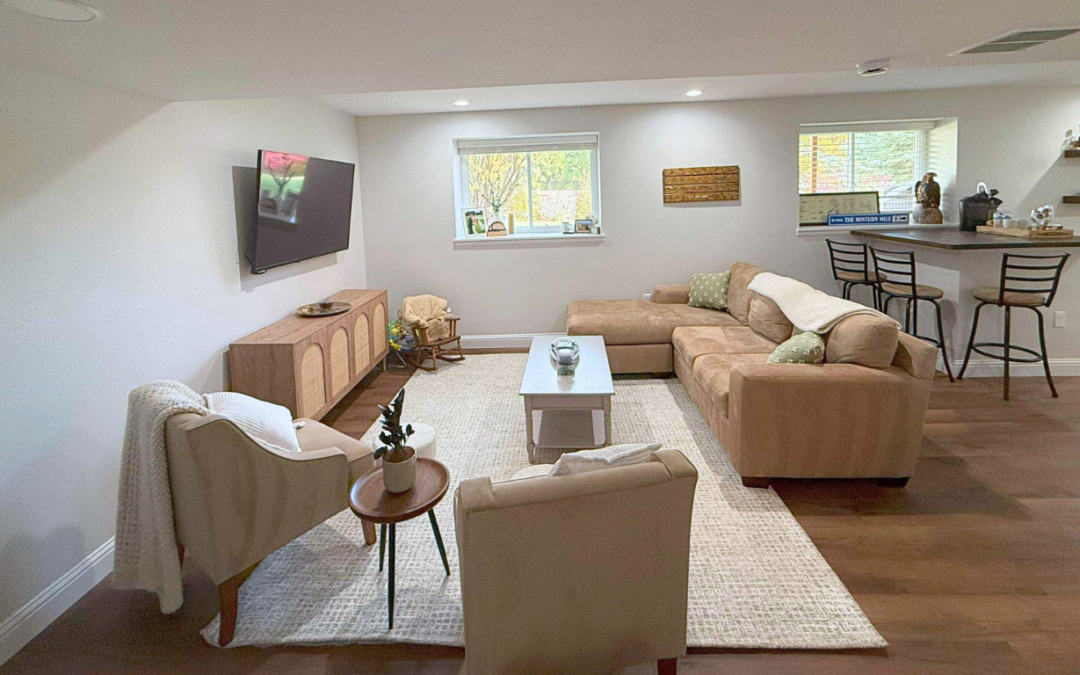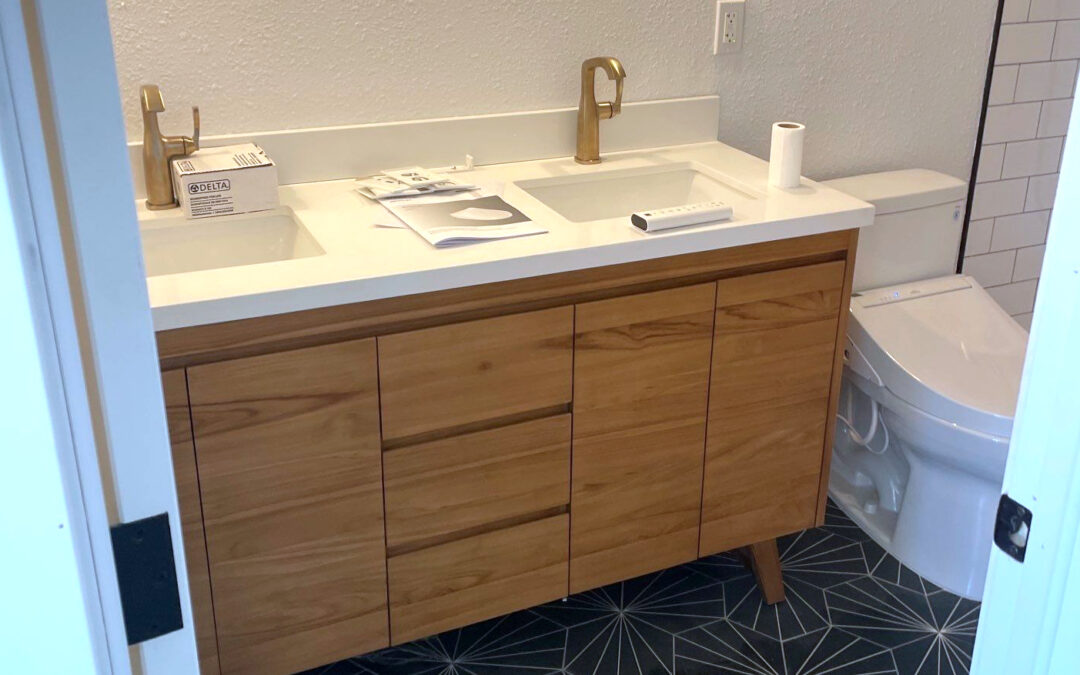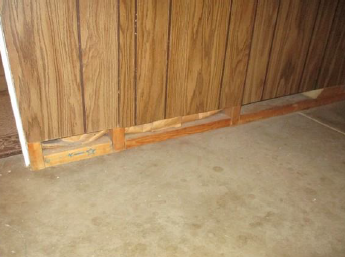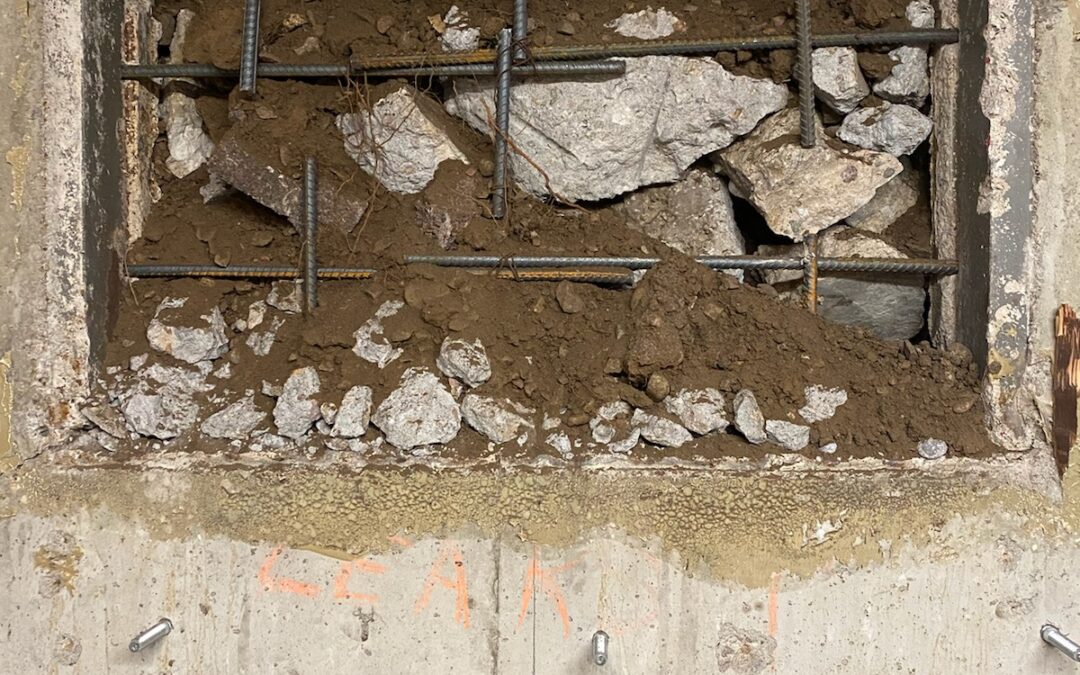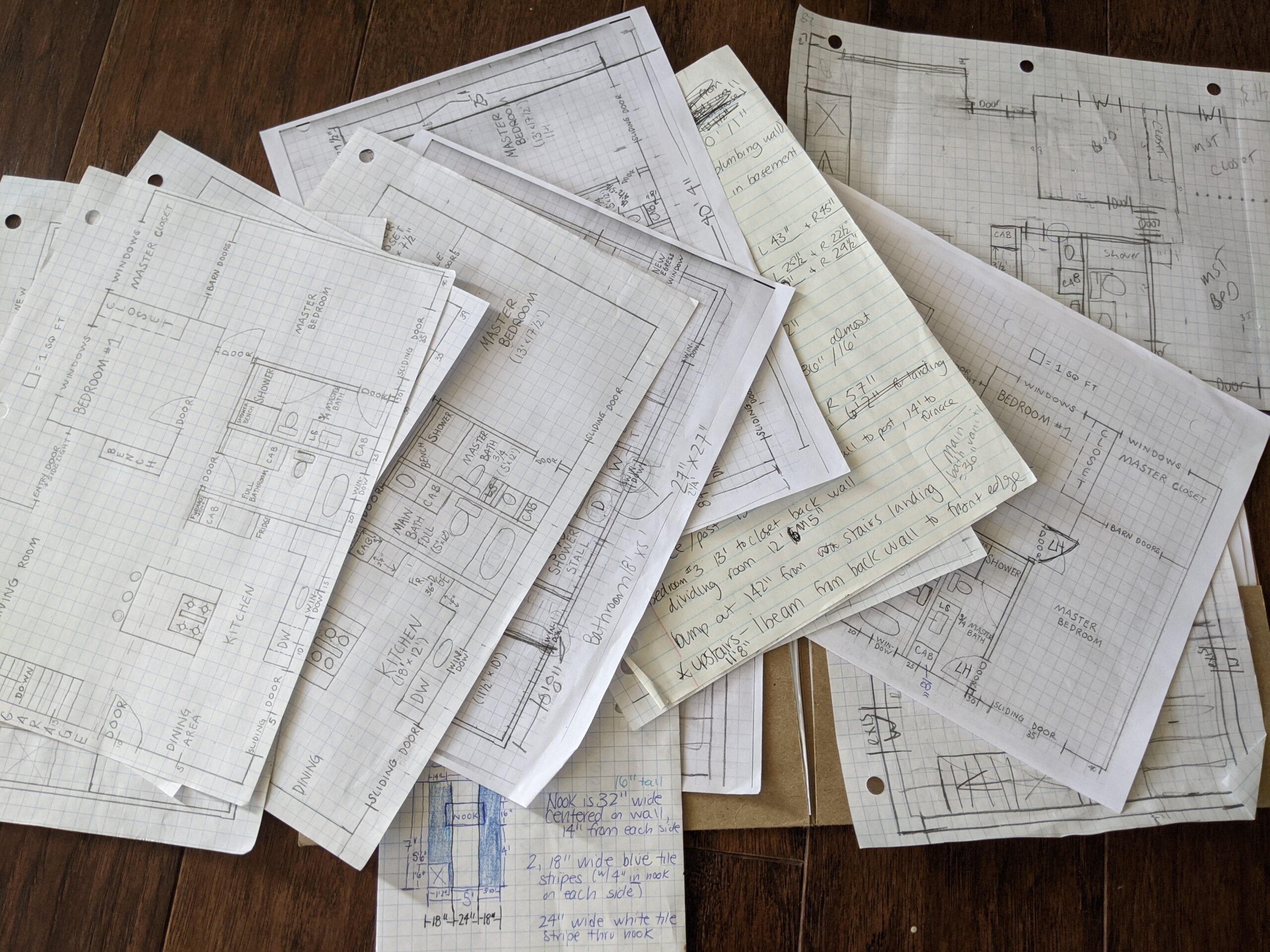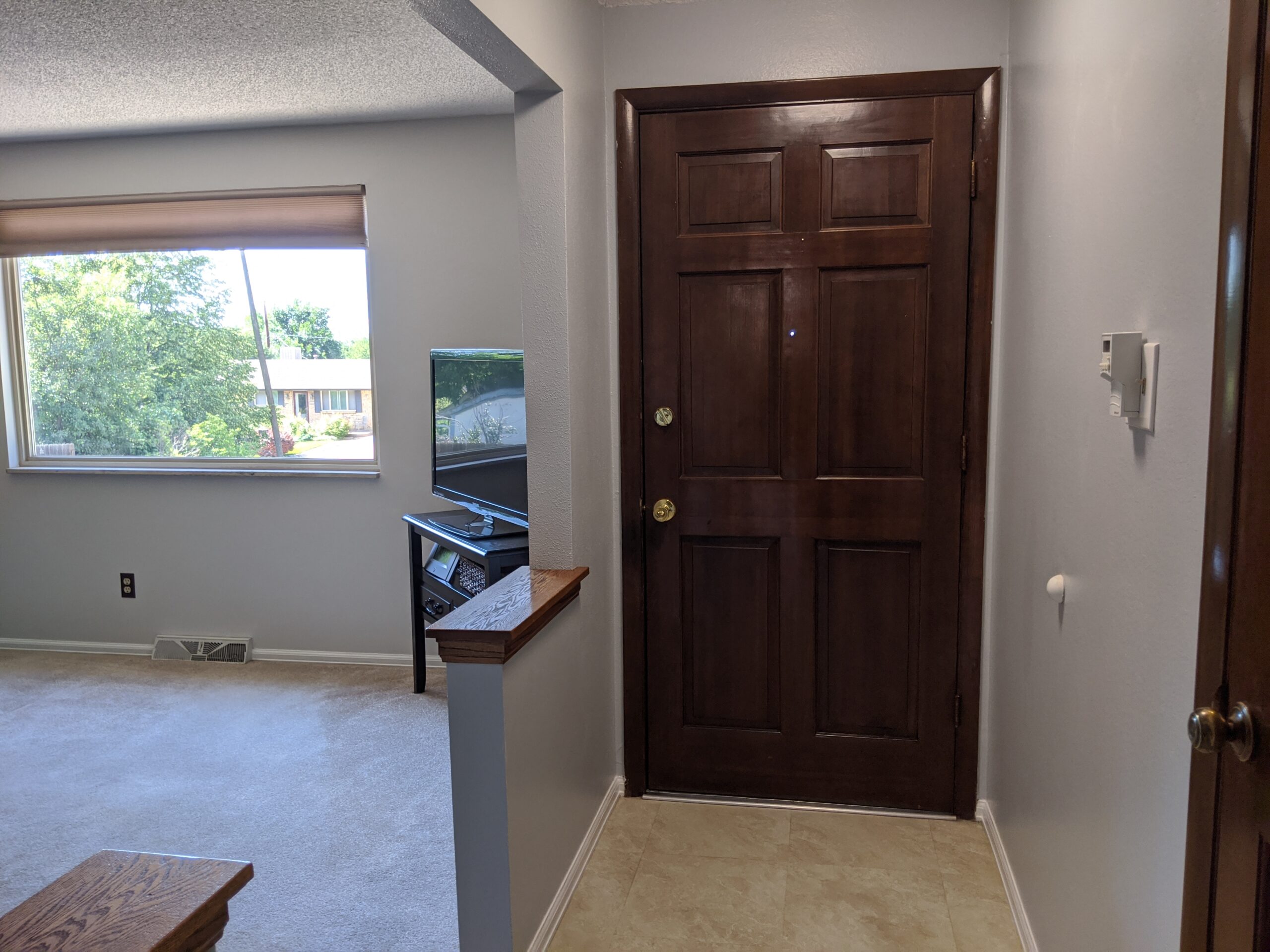If you’ve ever watched HGTV or lived through a home renovation, you know projects rarely stay at the original price. Even after careful planning, it’s uncomfortable to talk about cost increases. We never want homeowners thinking we underbid a job or add costs unnecessarily. When changes happen, I explain what caused them and walk homeowners through their options.
“Considering no one likes these surprises, I’m glad we went with you all due to your extra work and care.” — Kevin H., Arvada kitchen remodel customer
Why Costs Change
We don’t have X-ray vision! During our initial site visits, we look for warning signs like leaks or cracked drywall, but we can only see some issues after demolition. Hidden damage inside walls, floors, or foundations are the most common (and costly) surprises.
- We always test for environmental hazards such as asbestos. If they’re found, we recommend certified abatement contractors to safely remove and dispose of them.
- In basement remodels, plumbing often needs adjustments to meet layout plans or code spacing requirements. Even newer homes with “stubbed-out” plumbing sometimes need concrete work to move lines into the correct spot.
- After demolition, we occasionally find missing or damaged materials—like drywall, insulation, subflooring, or structural elements—that must be replaced. We reuse materials from other parts of the project whenever possible to help minimize costs.
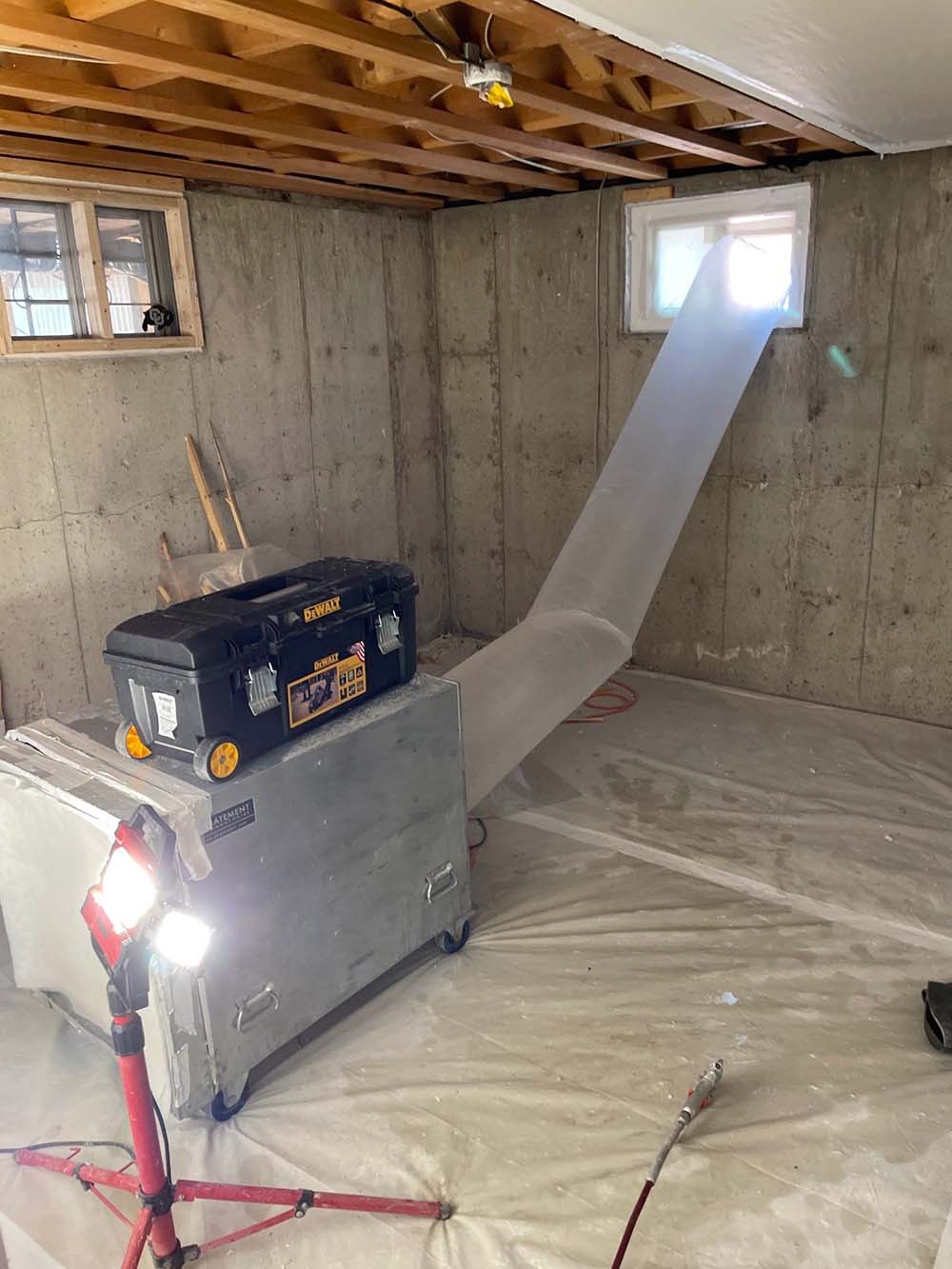
Certified General Abatement Contractors use specialized equipment, like this air scrubber and containment setup, to safely handle and remove contaminated materials.

After removing the tiles, we discovered this subfloor was disintegrating. We reused plywood from another part of the job to save costs.
Code & Safety Requirements
Unfortunately, homeowners don’t choose every price increase. Code requirements & inspection findings impact budgets. While homeowners are dreaming of the function and beauty in their redesigned spaces, the building departments want spaces updated to meet the current safety standards. For example, there must be an egress window or door for a safe emergency exit. We now replace all smoke/carbon monoxide detectors throughout the home with inter-connected units, even if we’re working on only 1 part of the house. These updates are required for safety, not luxury.

You don’t have to be an expert to spot which side has been rewired by our state-licensed Master Electrician.
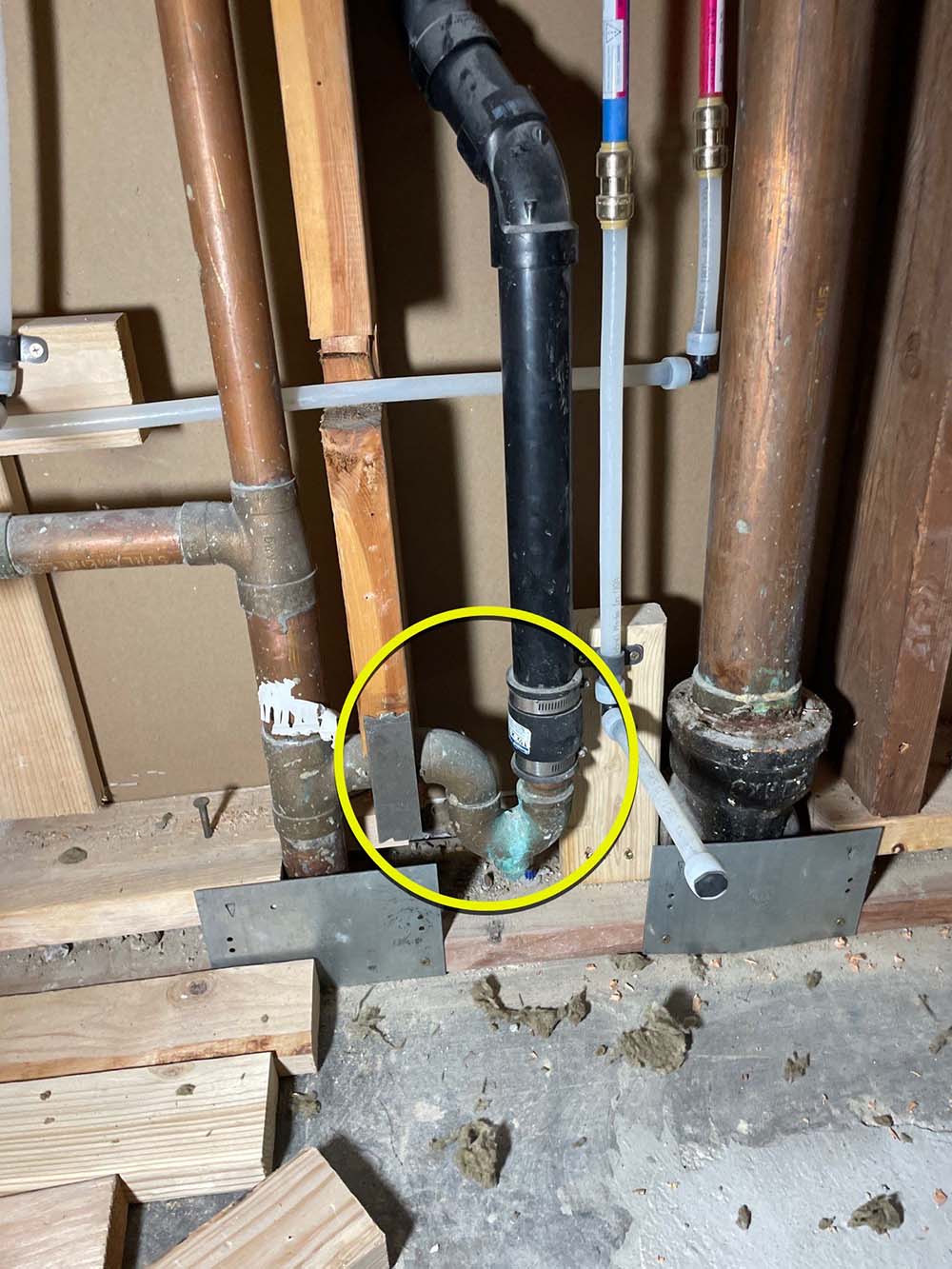
During inspection, the building official required us to correct this improper plumbing, which wasn’t part of the original plan.
Homeowner Changes
On the other hand, some changes come from homeowner decisions. Mid-project design changes—like swapping bi-fold doors for barn doors or adding to the scope of work after a project has started—add labor and materials. We also can’t efficiently manage our resources, like needing to charge a second materials delivery fee. We always provide a change order so homeowners have details to approve changes. And if their new choices cost less than the original allowance, we credit the difference.
Market Factors
Finally, we’ve experienced lots of price volatility of building materials. During the pandemic, the supply chain collapsed, causing steep and frequent price increases. More recently, tariffs and fuel price cause significant fluctuations. One recent quote included a 6% tariff surcharge.
We Value Transparency
At Beams to Basements, we provide detailed, itemized estimates so homeowners know where their money goes. We don’t pad our budgets, so even small changes—like adding an electrical outlet—are documented with a change order.
Price changes during a renovation aren’t necessarily a red flag. But if your contractor can’t clearly explain why they’re happening, that’s when it’s time to worry.
